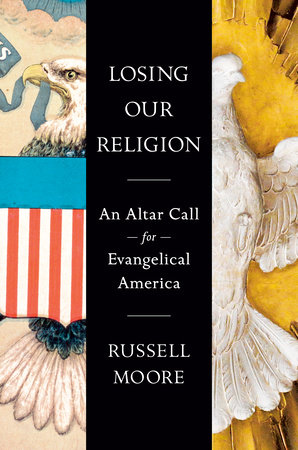Theologian Karl Barth is credited with the famous dictum that the preacher should approach the pulpit with “the Bible in one hand and the New York Times in the other.” If so, this Sunday’s sermon was all about gender. And the Bible and the New York Times are saying very different things. And that’s just in the “Style” section.
On the front page of the “Sunday Styles,” the newspaper first surveys the “wifely art” of standing by one’s man, when he faces political scandal or legal peril. The article points to the influence of former First Lady Hillary Rodham Clinton and incoming California First Lady Maria Shriver on rescuing their husbands from such pitfalls. At the same time, the article notes the absence of Mrs. Kobe Bryant in the courtroom of her husband, the multimillionaire basketball player and alleged rapist. The article concludes what most cynics already know—that much steadfast wifely devotion is a charade, designed to influence a jury, to sway an electorate, or to wait for a huge payback later
on.
Alongside the politics of submission, however, the Times comments on another cultural trend—the emergence of the violent warrior princess in the American pop lexicon. In current films and television programs, the article reports “women rise to a level of brutality previously reserved for male characters like those played by Mr. Schwarzenegger.”
This is all about gender and sexuality, commentator John Leland observes—tracing the trend from current Hollywood blockbuster “Kill Bill” through cult favorites such as “Buffy the Vampire Slayer.” The aggression of women on the screen, he argues, reflects trends in the broader culture. And it is about more than just gender equity, the article contends. The violent woman image says something about sexuality itself. The new warrior women are strikingly asexual—and for a reason. The article cites a schoolgirl mercenary from “Kill Bill” who stabs a prospective paramour to death. “Do you still want to penetrate me?” she says. “Or is it I who has penetrated you?”
To explain this, the article points to arguments by scholar Henry Jenkins that, for contemporary culture, “for women to have sexuality is to give themselves over to the dominance of men.”
Some feminists find much to cheer about in such trends. The article quotes one Houston real estate agent who took her daughter to see the horrifically bloody “Kill Bill” precisely because of its revisionist gender message.
“I think girls need to look at it instead of the silly movies,” the mother said. “This is something they should look for.”
According to Leland, others aren’t so sure. Ann Kearney-Cooke, a Cincinnati psychotherapist argues that the violent, aggressive new image of women is actually hurting young girls.
“What’s going on is that as women have gained power economically and politically, the message has been that to be successful, you have to be like a man,” she said. “That’s carried through to roles like this. This acting hyper-masculine is a way of glorifying men, not women.”
Alongside the same page, the Times carries a review of The Metrosexual Guide to Style, a book marketed for “well moisturized” heterosexual men who want to appear to be “just gay enough” in their fashion, interior design, and skin-care choices. The reviewer notes that the volume is part of a cultural shift away from traditional ideas of manhood.
“In the new world, the gayest straight guy wins,” the article concludes.
And on the final page, there are the wedding announcements, including one happy union between two Lutheran pastor’s kids. One is even a doctoral candidate in theological and social ethics. They were married by a Lutheran seminary professor. There’s nothing unusual here—except that both the bride and the groom are women.
What does this mean? After all, this is one small section from one newspaper on one random Sunday morning. But there is much at stake here. The revolt against one’s gender might be seen as a desperate cry of self-loathing. But it is much more than that. The apostle Paul says that it is ultimately a revolt against the Creator Himself (Rom 1:24-28). This is nothing new. Divine revelation has warned against the consequences of disordered sexuality since the mysterious incident of the sons of God and the daughters of men in the early pages of Genesis.
Barth was, in many ways, quite wrong. Preachers of the gospel should proclaim the Bible. But a close eye on the New York Times is necessary also—to know what kind of world is sitting now—or soon will be—in our pews.
Sources: Kate Zernike, “The Wifely Art of Standing By,”
New York Times, 19 October 2003, 9.1, 9.7; John Leland, “I Am Woman.
Now Prepare to Die,” New York Times, 19 October 2003, 9.1, 9.11;
“For Men from Venus,” New York Times, 19 October 2003, 9.1;
Civil union announcement for Aana Vigen and Alison Strickler, New York Times,
19 October 2003, 9.15.
Russell D. Moore is assistant professor of Christian Theology at The Southern
Baptist Theological Seminary and executive director of the Carl F.H. Henry Institute
for Evangelical Engagement.






